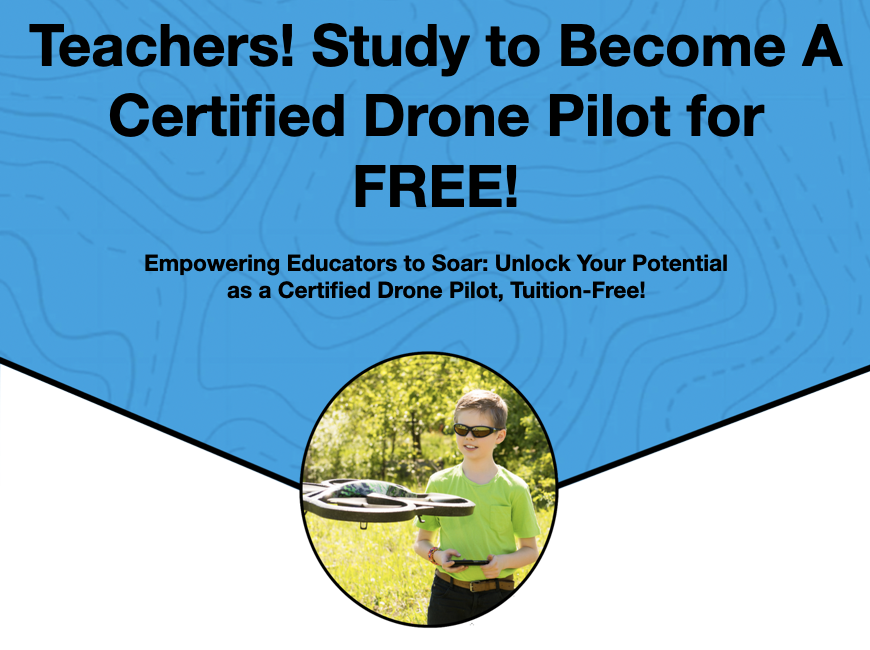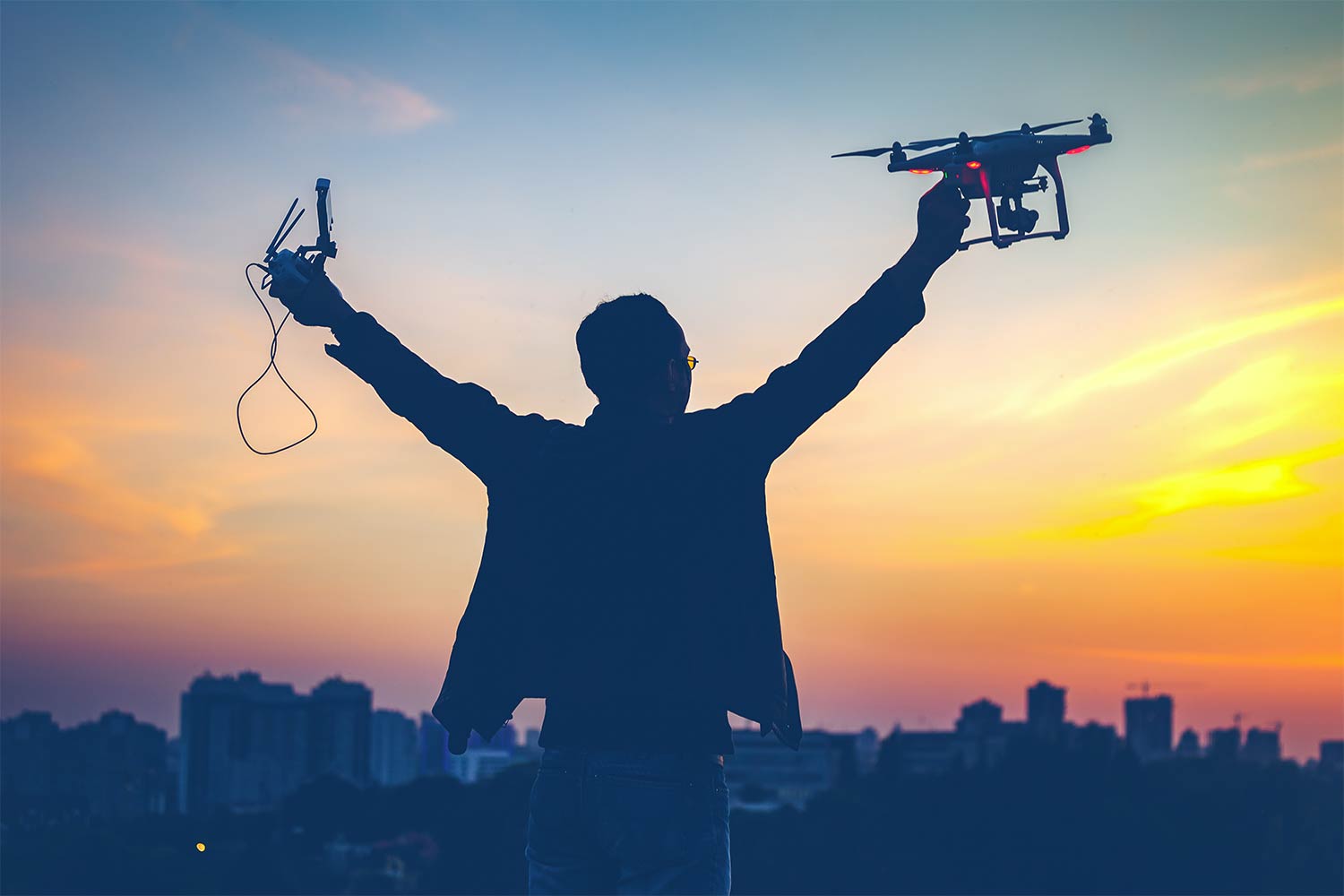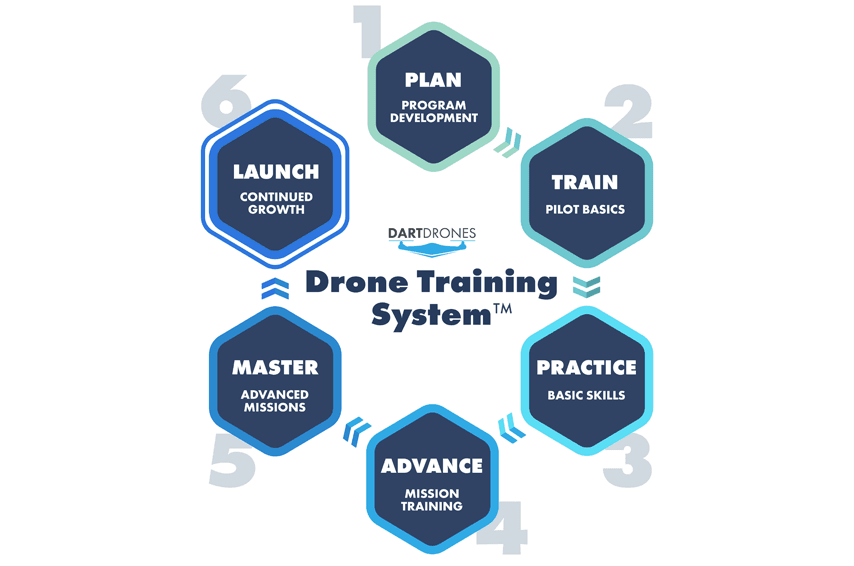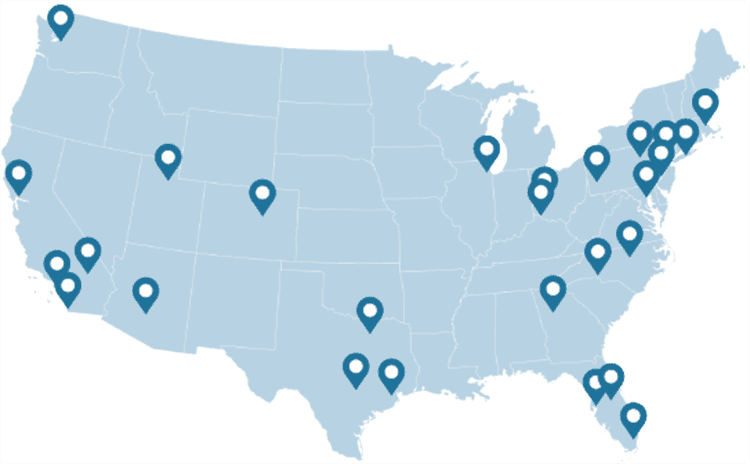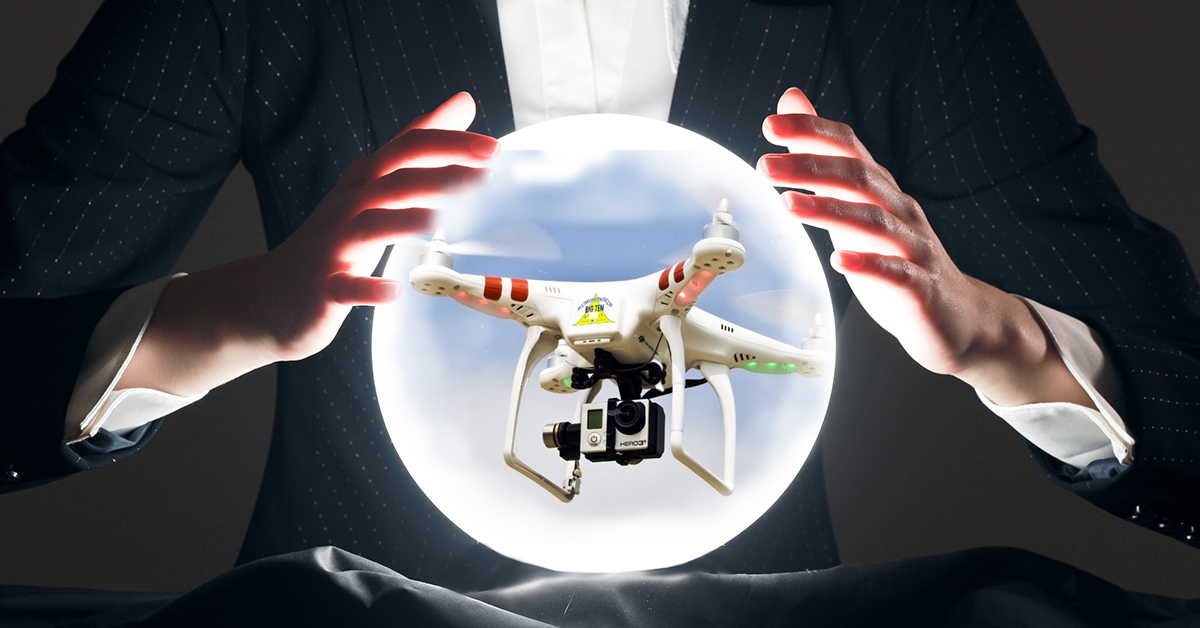
2017 Drone Industry Predictions and sUAS Forecast
As we watch 2016 fly off into the distance, it’s time to look ahead to the New Year and what 2017 will hold for the drone industry! Pricewaterhouse Coopers consulting group reported to Bloomberg that the drone industry will be worth an estimated more than $127 billion dollars by 2020. While 2020 may seem far away, we can’t forget that it’s already 2017. The drone industry should start to make its sharp tick upward in 2017 if we are going to start to reach the $127 billion dollar number. Here are our DARTdrones drone industry market predictions for sUAS in the coming year, straight from the mind of “Dartradamus!”
1. Updated sUAS Drone Industry Regulations from the FAA
The FAA’s publishing of Part 107 was HUGE news for unmanned aircraft operators in 2016. In addition to opening the door for integration of sUAS into the National Airspace System, it also established the first ever Airman Certificate for drone pilots that did not already possess a manned aircraft pilot’s license. Because it was designed to be a “first step” in the integration process, Part 107 understandably placed several heavy restrictions on when and where small unmanned aircraft could be flown. Thankfully, the FAA has continued to work with sUAS manufacturers and drone industry experts, and we can expect to see some modifications and loosening of these restrictions in the coming year. It may mean some additional training and certification requirements, or outfitting your drone with specific safety equipment if you want to fly within controlled airspace, at night, or over members of the public; however, we anticipate that some of the initial safety barriers will start to be removed in 2017. Learn more about the FAA drone rules and drone laws.
2. Forget the sUAS Remote Control Transmitter
More and more drone manufacturers are leaving behind the traditional handheld, dual stick, controller that has been common place and are instead making their newest and most consumer focused sUAS controllable using just a smartphone, tablet, or sleek minimalist device. Personal action/adventure filming has become a primary use for these new compact systems like the DJI Mavic, Yuneec Breeze, or TEAL, and it’s pretty lame to try and star in your own thrilling cinematic adventure with a bulky radio controller in your hands! In fact, many of these same manufactures are including features that allow your drone to follow you, or one of your friends, without the need for a controller at all. Using either object recognition programming or a radio frequency identification bracelet, your drone will stick by your side and capture all the action along the way!
3. The Rise of Fixed-Wing Drones
Fixed-wing, or airplane, unmanned aircraft designs have been available to commercial users for quite some time; however, they have historically demanded a very high price because of their specialized target industries (agriculture, GIS aerial mapping, etc.) and nearly fully autonomous flight profiles. With more and more small companies and individuals looking to capitalize on the use of sUAS for a variety of specialized purposes under Part 107, expect to see more fixed-wing designs with lower price tags appear in the market place. Parrot has already released their Disco drone at a price point below $1,000.00, but featuring capabilities that match other fixed-wing designs costing five times as much. For operators in need of an aircraft that can cover large areas in a short amount of time and don’t require the ability to hover to capture the data they require, the nearly 1 hour flight times associated with fixed-wing sUAS operating on a single LiPo battery pack will be very desirable.
Interested in learning more about fixed wing drones versus multirotor drones?
4. Aww…Aren’t They Cute!?!
Pocket drones, nano drones, or folding drones (call them what you will) have been in the consumer spotlight for past few months and you can be sure they will remain there for the coming year. Much like the “smaller is better” trend with cell phones in the early to mid 2000s, drone users are embracing these micro machines for their portability and unique, “pet-like” abilities to stay by their side without the need for constant hands-on control. Not only will models like the DJI Mavic, Yuneec Breeze, and GoPro Karma continue to sell, expect newer and smaller models like the AirSelfie and Nixie to find success in the marketplace as well.
5. Mission Specific Drone Training is a Go!
Anyone that has spent even a short amount of time flying a “prosumer” level drone like the DJI Phantom or Yuneec Typhoon can tell you that getting them in the air and maneuvering them from place to place is pretty darn easy…and that’s the whole point of their technology! Small unmanned aircraft are designed to gather data in a convenient, reliable, and efficient manner; not require a pilot that has trained for hundreds or thousands of hours to master their trade. However, while the act of flying an sUAS is easy and may not require hands-on training for many individuals, the process of utilizing the aircraft to obtain the quality images, film, and data needed for the specific commercial or personal requirements you or your clients demand most certainly will. Even if you go by the call sign “Maverick” and fly like a Top Gun Ace in your backyard, chances are you will waste many an afternoon and lose multiple clients if you attempt to enter the commercial drone field without learning how to command your aircraft in the specific ways necessary to gather the data needed for the job at hand. As drone continue to prove themselves in a variety of capacities, expect to find specialized training courses being made available, and be sure to take advantage of them…your competition certainly will!
6. Watch Out!!…Don’t Worry, They Will
Nothing is more frustrating and demoralizing than a drone crash, let alone the high price tags to repair or replace your small unmanned aircraft. In order to provide drone pilots with a greater level of protection against these unfortunate situations, more and more manufacturers are incorporating obstacle detection and avoidance technology into their sUAS. These sensors and software not only serve as a built-in insurance policy of sorts, they also go a long way in enhancing the usability of the aircraft in real-world environments where obstacles are plentiful and operators need to focus on “getting the shots” without worrying about running into the side of a building. Expect to see virtually every new “professional capable” drone released to incorporate, or offer as optional equipment, some level of obstacle detection and avoidance system in 2017 and beyond.
7. And The New Drone Industry Ruler Is!…still DJI…
It’s inevitable that in the coming years, new rivals will whittle away at the commanding market share for prosumer level drones that has been held by DJI for the last few years; however, don’t expect much to change in 2017. With superior range for both aircraft control and live video feed signals, combined with excellent camera performance and workload-reducing autonomous flight modes, DJI aircraft will still be the drone of choice for professional and serious recreational drone pilots in the coming year. Further proof of this can be seen in their last 3 new aircraft releases, which all came within a two-month span in late 2016. Notable technology improvements included an even further extension on their already unmatched flight range, cameras capable of capturing up to 20 megapixel still photos and 5.2K video, 5-way obstacle detection and avoidance systems, and single battery flight times approaching 30 minutes for a multirotor drone. These enhancements clearly illustrate DJI’s continued position at the leading edge of the industry while all other competitors continue to play catch-up.
2017 is going to be another huge year for drone pilots. Have a safe and happy New Year and remember to fly safe!
DARTdrones is a national flight school for drone pilots offering online and in-person classes throughout the country. Learn how to properly operate and fly your drone, how to pass the FAA Part 107 Airman Knowledge Exam, and how to start your drone business.
About the Author – Colin Romberger
Colin Romberger is a DARTdrones Flight Instructor and sUAS Implementation Consultant for DARTdrones’ clients. Colin holds a Masters Degree in Unmanned Aircraft Systems from Embry Riddle Aeronautical University. He is a FAA Certified Ground Instructor, a Private Pilot, and a skydiving instructor with over 1500 jumps.



